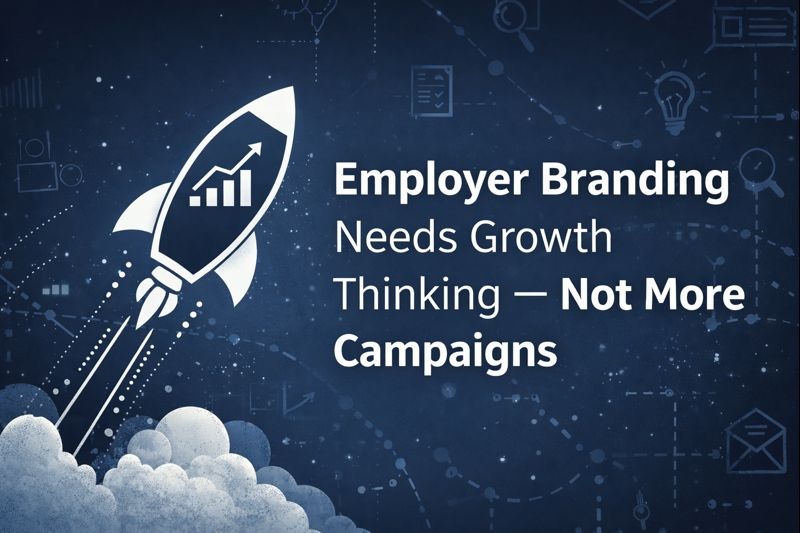Oct09

When it comes to innovation, the term is often thrown around without a clear understanding. This lack of clarity can lead to misunderstandings and missed opportunities. To ensure everyone is on the same page, defining the specific kind of innovation under discussion is crucial.
Drawing inspiration from Clayton Christensen, a renowned Harvard professor, we categorize innovation into three primary types: Efficiency, Sustaining, and Transformative. Each type demands unique skill sets, resources, and organizational support. Let’s delve into the nuances of each.
Efficiency Innovation focuses on enhancing the operational elements within a company’s existing business models. It doesn’t fundamentally alter the business but aims to make it more efficient. Examples include technological advancements that streamline operations, distribution, or customer support and process improvements that boost organizational effectiveness.
Where it Happens:
Efficiency innovation can be initiated at any organizational level and benefits from the expertise of specialized innovation professionals.
Sustaining Innovation aims to fortify a company’s current business model. It involves the introduction of new products or services, the opening of new distribution channels, or the adoption of new technologies and production methods.
Where it Happens:
Sustaining innovation is best carried out by dedicated teams that operate within or are strongly supported by existing business units.
Transformative Innovation is the most challenging but potentially the most rewarding. It involves venturing beyond a company’s traditional scope to change or expand its business models radically. This could mean entering new markets, disrupting existing ones, or creating new business landscapes.
Where it Happens:
Transformative innovation is best managed by autonomous teams separate from the core business units but have access to essential skills and resources.
Understanding these three types of innovation can bring clarity and focus to your innovation strategy. By identifying which type best aligns with your goals, you can allocate resources more effectively and set your organization on the path to sustainable growth.
We help medium-sized businesses to innovate and make measurable progress towards your business outcomes so your company thrives.
Over the years, we’ve used proven and guaranteed Innovation & OKR processes to generate tangible business outcomes in 12 weeks ️ for companies including Roche, IBM and many others.
Stay ahead of the competition. Learn more and contact us now.
By Andrew Constable MBA, XPP, BSMP
Keywords: Innovation, Leadership, Business Strategy
 Concrete’s Carbon Problem and the Race to Fix It
Concrete’s Carbon Problem and the Race to Fix It Employer Branding Needs Growth Hacking — Not More Campaigns
Employer Branding Needs Growth Hacking — Not More Campaigns The Wireless Renaissance: From Tesla’s Dream to Agentic Autonomy
The Wireless Renaissance: From Tesla’s Dream to Agentic Autonomy Collective Resonance: How Consciousness Scales Beyond the Individual
Collective Resonance: How Consciousness Scales Beyond the Individual Autonomous Wingmen: Scaling Sustainable Aviation via NVIDIA NAT and Formation Flight
Autonomous Wingmen: Scaling Sustainable Aviation via NVIDIA NAT and Formation Flight